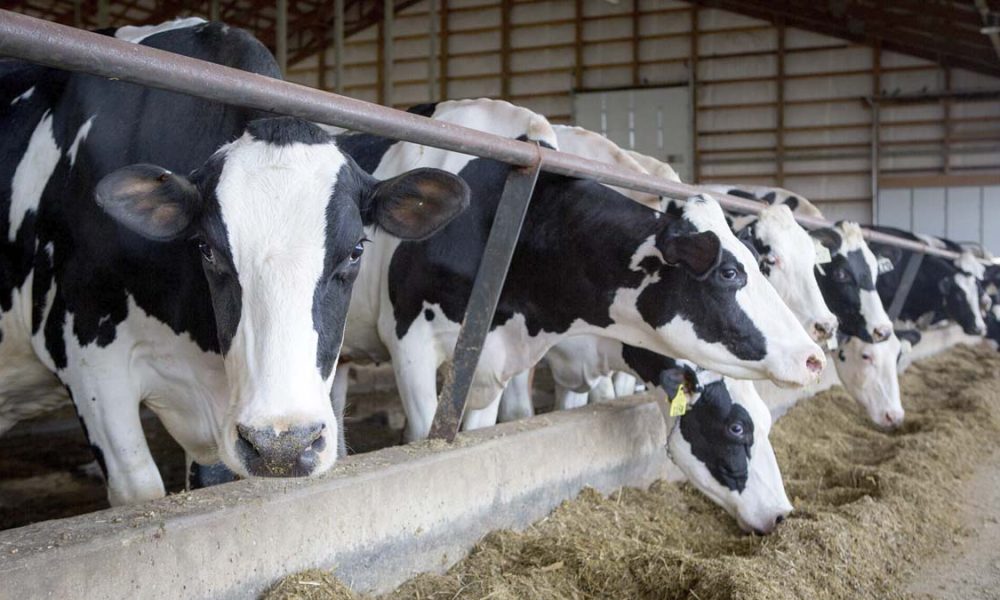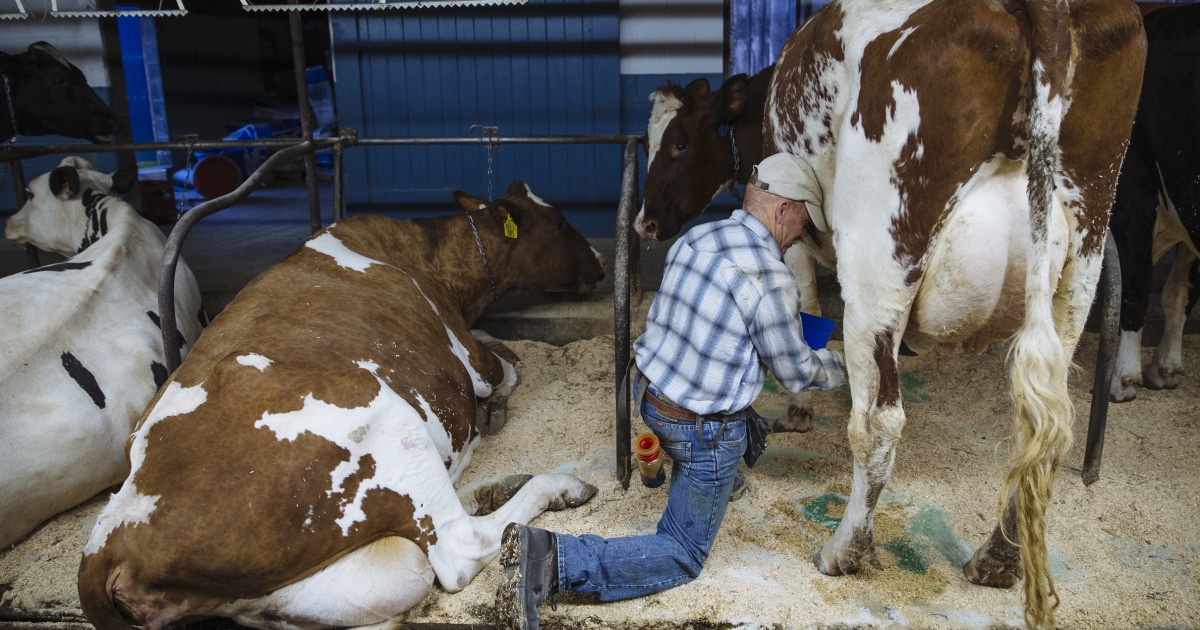USDA orders H5N1 testing of some dairy cows to limit spread of bird flu
April 24, 2024
By Helen Branswell
... USDA has met some resistance from farmers who they’ve suspected of having infected cows. Farmers have been told they must discard any milk produced by cows that are infected with H5N1 virus, though it’s not clear if or how that recommendation is being enforced. And evidence that milk containing virus has made its way into the milk supply suggests either some farmers have ignored the advice, or asymptomatic infected cows may be emit viruses in their milk.
“There has been a little bit of reluctance from some of the producers to allow us to gather information from their farms. That has been improving here more recently,” he said, suggesting the federal order should also increase USDA’s access.
“With the federal order going into place, this is going to really help us address any gaps that might exist in terms of … knowing what’s happening with the cattle,” Watson said.
Likewise, Nirav Shah, the CDC’s principal deputy director, acknowledged there has been some difficulty in investigating the health of workers on some farms where H5N1 has been detected.
“We’ve had a diversity of levels of engagement with farms,” Shah said. “These situations are challenging. ...
April 24, 2024
By Helen Branswell
... USDA has met some resistance from farmers who they’ve suspected of having infected cows. Farmers have been told they must discard any milk produced by cows that are infected with H5N1 virus, though it’s not clear if or how that recommendation is being enforced. And evidence that milk containing virus has made its way into the milk supply suggests either some farmers have ignored the advice, or asymptomatic infected cows may be emit viruses in their milk.
“There has been a little bit of reluctance from some of the producers to allow us to gather information from their farms. That has been improving here more recently,” he said, suggesting the federal order should also increase USDA’s access.
“With the federal order going into place, this is going to really help us address any gaps that might exist in terms of … knowing what’s happening with the cattle,” Watson said.
Likewise, Nirav Shah, the CDC’s principal deputy director, acknowledged there has been some difficulty in investigating the health of workers on some farms where H5N1 has been detected.
“We’ve had a diversity of levels of engagement with farms,” Shah said. “These situations are challenging. ...







Comment